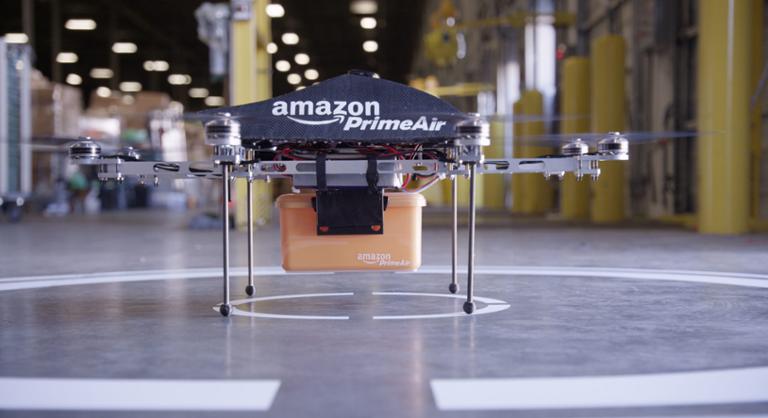Five Years Later, Where are the Amazon Delivery Drones?
Five years ago, Amazon CEO Jeff Bezos unveiled what many expected to become the future of product delivery: small drones capable of carrying up to five pounds’ worth of cargo. But Amazon’s high-tech version of “air mail” has yet to reach the mainstream. Perhaps it’s due to Federal Aviation Administration (FAA) regulations, which presented a considerable challenge to Amazon’s ambitions from the very beginning. It could stem from a lack of human pilots for thousands of unmanned aerial vehicles (UAVs) crisscrossing the skies of major cities. Or maybe Amazon simply crunched the numbers and realized the cost of such a program outweighed the customer base interested in 30-minutes-or-less delivery, at least until the technology evolved further. Whatever the reason, it’s worth questioning whether the drone phenomenon was overhyped from the beginning. The answer could have a big impact on tech pros who hoped that a burgeoning UAV industry would provide opportunities on the hardware and software front (not to mention e-commerce). For starters, the concept of drones as an ultra-quick delivery channel isn’t dead. Wing (a division of Alphabet, the umbrella company that owns Google) plans on kicking off a trial delivery service in Finland next spring; the company is already soliciting input from potential customers via an online form that asks what they would like delivered via buzzing drone. This follows on the heels of another Wing drone delivery test in Australia. According to the Associated Press, which did a follow-up on Amazon’s lack of delivery drones, there are 110,000 commercial drones operating in U.S. airspace, a number that will quadruple over the next four years. Many of these drones are utilized for industrial purposes such as surveying. Moreover, the federal government recently approved a three-year program that will allow companies to test drone capabilities. Indeed, it seems that the drone industry is still evolving—just more slowly than the hype might have led folks to expect. Nor has Amazon abandoned its quest. “We are committed to making our goal of delivering packages by drones in 30 minutes or less a reality,” a company spokesperson told AP. For tech pros interested in joining the drone industry, “preferred” skills for at least some target companies include knowledge of complete end-to-end flight systems, experience with MATLAB/Simulink coders, and familiarity with robotics and/or embedded programming for unmanned vehicles. On the software side, knowledge of a grab-bag of programming languages is also a must. Check out this breakdown on Dice, and remember—drones might not crowd the skies yet, but it’s still fairly early in the technology’s lifecycle.

